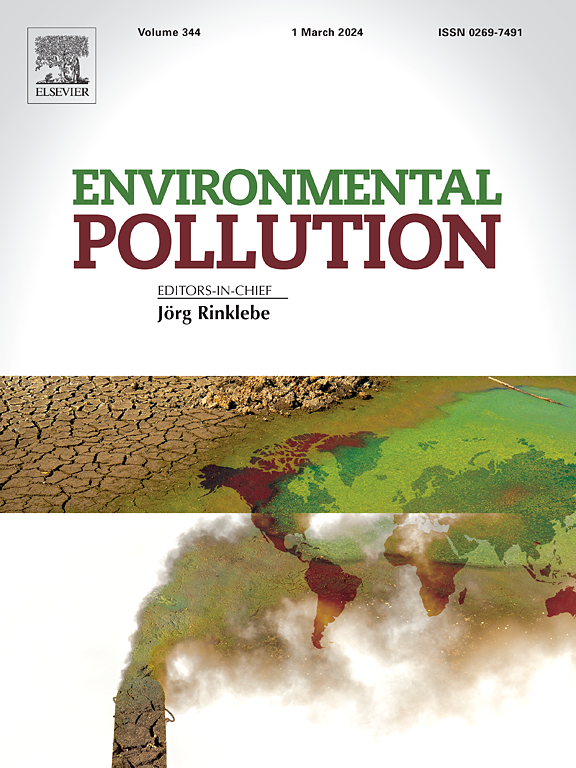Factors influencing the vertical distribution and transport of plastics in riverine environments: Theoretical background and implications for improved field study design
IF 7.3
2区 环境科学与生态学
Q1 ENVIRONMENTAL SCIENCES
引用次数: 0
Abstract
Rivers have been widely recognized as important conduits and accumulation sites for plastics. Accurately describing plastic fate and transport in these systems is essential for the development of numerical models, estimating loads to oceans, and implementing effective management strategies. However, plastic transport mechanisms within fluvial environments are not well understood, and field studies often do not provide sufficient information to test analytical models of transport. Sediment transport has dynamical similarities to plastics transport in water bodies, enough to warrant further investigation into how principles from sediment transport can be used to guide the study of plastics. In this review, we summarize fundamentals from sediment transport research and their application to plastics, then use these to make suggestions of clarifying research questions and riverine field study design with the goal of generating more insightful data that can be used to understand and predict plastic fate and transport. We focus specifically on factors influencing plastic vertical distribution and movement in the water column, as variations in this direction have historically been overlooked or oversimplified in rivers.


影响河流环境中塑料垂直分布和运输的因素:理论背景和改进实地研究设计的意义
河流已被广泛认为是塑料的重要通道和聚积地。准确描述这些系统中塑料的命运和运输对于发展数值模型、估计海洋负荷和实施有效的管理策略至关重要。然而,河流环境中的塑性输运机制还没有得到很好的理解,实地研究往往不能提供足够的信息来测试输运的分析模型。泥沙输运与塑料在水体中的输运具有动力学上的相似性,这足以保证进一步研究泥沙输运的原理如何用于指导塑料的研究。在这篇综述中,我们总结了泥沙运输研究的基本原理及其在塑料中的应用,然后利用这些基础知识提出澄清研究问题和河流实地研究设计的建议,目的是产生更有洞察力的数据,可用于理解和预测塑料的命运和运输。我们特别关注影响塑料垂直分布和水柱运动的因素,因为这一方向的变化历来被忽视或在河流中被过度简化。
本文章由计算机程序翻译,如有差异,请以英文原文为准。
求助全文
约1分钟内获得全文
求助全文
来源期刊

Environmental Pollution
环境科学-环境科学
CiteScore
16.00
自引率
6.70%
发文量
2082
审稿时长
2.9 months
期刊介绍:
Environmental Pollution is an international peer-reviewed journal that publishes high-quality research papers and review articles covering all aspects of environmental pollution and its impacts on ecosystems and human health.
Subject areas include, but are not limited to:
• Sources and occurrences of pollutants that are clearly defined and measured in environmental compartments, food and food-related items, and human bodies;
• Interlinks between contaminant exposure and biological, ecological, and human health effects, including those of climate change;
• Contaminants of emerging concerns (including but not limited to antibiotic resistant microorganisms or genes, microplastics/nanoplastics, electronic wastes, light, and noise) and/or their biological, ecological, or human health effects;
• Laboratory and field studies on the remediation/mitigation of environmental pollution via new techniques and with clear links to biological, ecological, or human health effects;
• Modeling of pollution processes, patterns, or trends that is of clear environmental and/or human health interest;
• New techniques that measure and examine environmental occurrences, transport, behavior, and effects of pollutants within the environment or the laboratory, provided that they can be clearly used to address problems within regional or global environmental compartments.
 求助内容:
求助内容: 应助结果提醒方式:
应助结果提醒方式:


